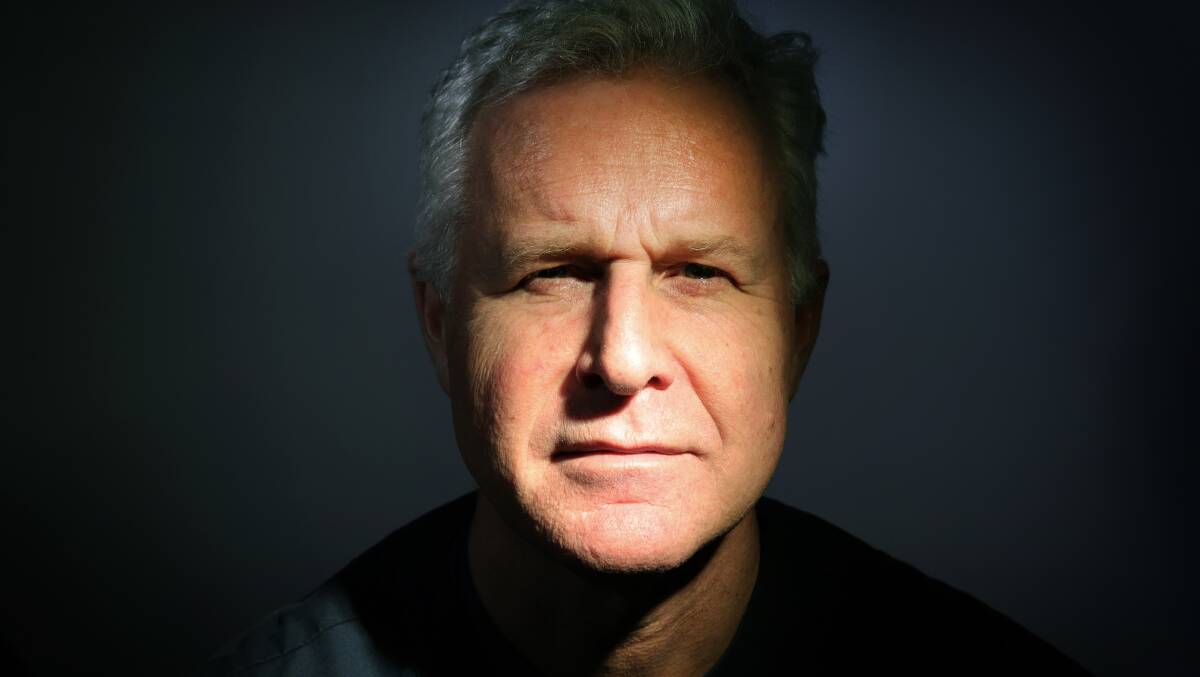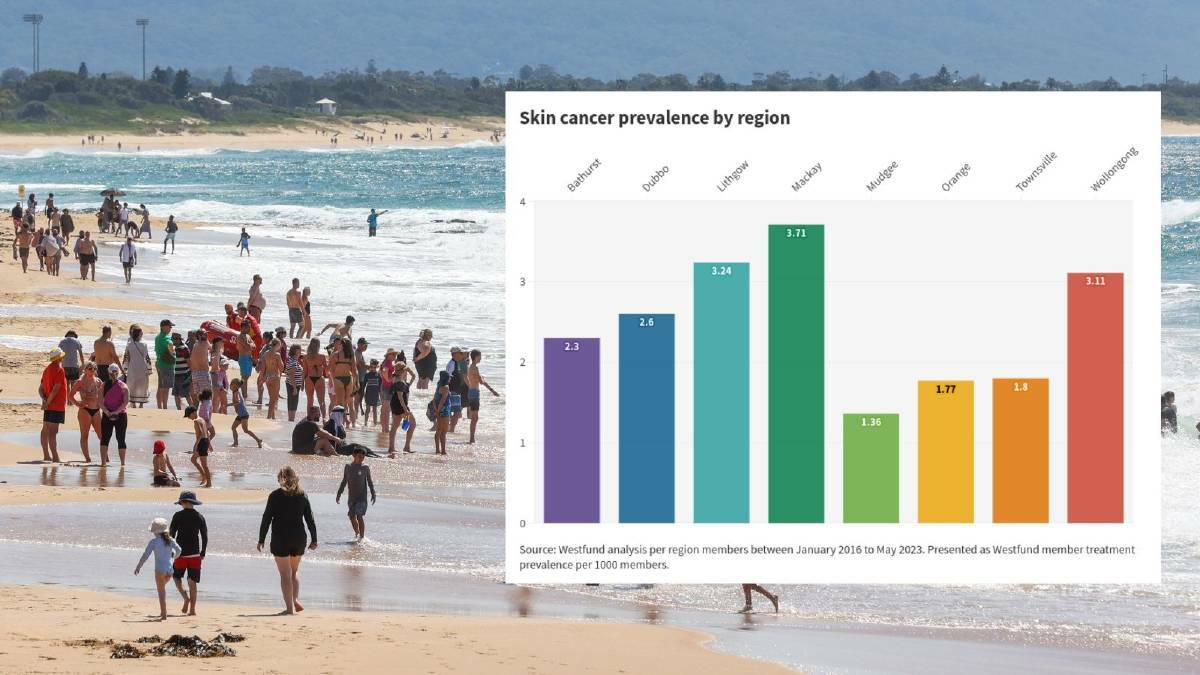
There is increasing evidence that Wollongong and the South Coast may be the "skin cancer capital" of Australia, which itself is known as the skin cancer capital of the world.
Subscribe now for unlimited access.
or signup to continue reading
But local researchers are hoping their work will help to change that, and plan to set up a new world-first database of the most common form of lethal skin cancer, squamous cell carcinomas (SCC), to help scientists around the world.
Wollongong surgeon Dr Bruce Ashford, who operates on patients with complex skin cancers on their head and neck said doctors were dealing with a "tsunami of bad skin cancer here on the South Coast".
"We are doing our best to keep our heads above water - but truthfully people are still presenting to us with the worst cancers," he said.
"Maybe people don't think it's as hot, or people don't think it's as bad - but people collect this insult to their skin over their whole life, and we've got an extreme incidence of cutaneous SCC here.
"People enjoy the outdoors here, there is a big sporting fraternity and the ocean is here - and people are living longer these days. This sort of damage is literally baked in to your skin as a teenager, and we see that damage come out later in life in your 50s, 60s and 70s.
"This is the Australian disease, and if there was a capital of this Australian disease, it would probably be the Illawarra."
Last week, private health insurer Westfund released new data which also showed Wollongong has a much higher rate of skin cancer than other regional areas.
As we speak, we are setting up the first international biobank of primary cutaneous SCC - we have ethics approval to do that and we are trying to get funding - to produce an internationally publicly available database of high risk skin cancers.
- Bruce Ashford
Only Mackay and Lithgow had higher rates of skin cancer claims among Westfund members, with Wollongong's rate much higher than even Queensland towns like Townsville.
"This data is very interesting, because it confirms exactly what we had already published last year, and so maybe there is something about the South Coast of NSW," Dr Ashford said.
With squamous cell carcinomas such a common part of his practice and a PHD research background looking at the cancer, Dr Ashford and other local researchers decided to find out what the incidence of the cancer - which is not counted by state cancer registries like melanoma - is in the Illawarra.

"We think this is a really important disease for our community, so we went through four years, pre-COVID of the data from local laboratories and tried to collate that," he said.
"That data, which I presented in Montreal and Rome earlier this year, is way beyond what we thought was the real incidence."
The study revealed about 856 people per 100,000 had SCC per year on the South Coast between Helensburgh and Moruya, rising to 2875 per 100,000 per year among men aged 60-plus.
The largest concentration of cases was in the population centre of the Illawarra.
While these figures are alarming, Dr Ashford said they also meant the region was ideally placed to improve the understanding of cutaneous SCC around the world.
"A lot of our Wollongong research has contributed substantially to the understanding of how this works - including the incidence of it and the opportunities for us to intervene and manage the disease," he said.
"As we speak, we are setting up the first international biobank of primary cutaneous SCC - we have ethics approval to do that and we are trying to get funding - to produce an internationally publicly available database of high risk skin cancers.
"If there is one thing we can learn from our data, the Westfund data and what we see everyday walking through our front door, is that if there was ever a place to collect bad skin cancer snad understand them and do high end research, it would be Wollongong."
For residents concerns about the high number of skin cancers in the region, Dr Ashford said they should have a good GP, get their skin checked regualry, and keep following up if something doesn't look or feel right.
"Basically, don't take no for an answer," he said.
"Hopefully our kids and their kids won't have as bad a time - because they wear sunscreen - but with the damage done in teenage years, we're still going to be seeing a lot more cases in my lifetime."


